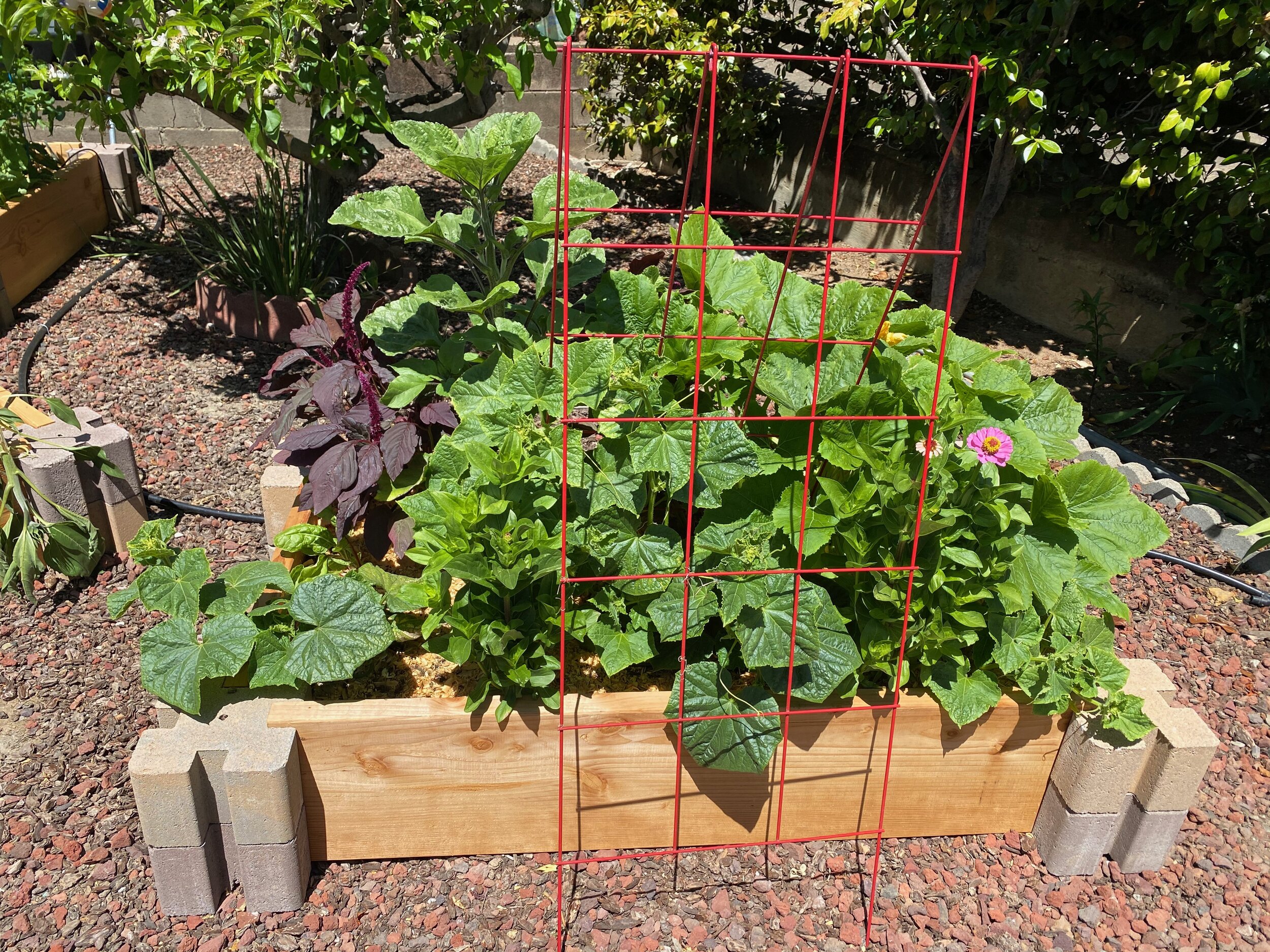by Kelly Knight, Marketing Manager for The Good Table
Flowers I planted in my garden for the pollinators
From the Garden
Climate change is consistently on my mind, and often makes me feel a little powerless. We’re in a big drought and approaching a heat dome heatwave and it’s all just a lot right now.
Since I cannot control the weather or climate change, I’ve decided to focus my attention on things I can do right here and now. As I’ve touched on a couple times, my garden is a source of joy, spirituality, and peace for me. A garden can also be a force for good in local populations, specifically very small populations — pollinators.
Pollinators are animals who move pollen from the male anther of a flower to the female stigma of a flower. This allows the plant to reproduce, and creates, among other things, the edible fruits and vegetables we all enjoy. Nearly everyone knows about bees at this point, but pollinators can also be butterflies, hummingbirds, moths and bats.
Sunflowers, zinnias, and amaranth
Pollinators are also in trouble: insecticides; invasive species; parasites and diseases; and climate change all have put a dent in pollinator populations.
“A lot of these pollinators have evolved to emerge exactly when their plants are flowering,” says Deborah Landau, a conservation scientist for The Nature Conservancy in Maryland. But climate change messes up the timeline. “If a flower blooms too early or an insect hatches from its egg too early, they could completely miss each other.”
So what can we do to help pollinators? There are a couple things:
1. Plant native species in our gardens. When pollinators emerge, the plants that they rely on will be there, ready for them. Visit the Ladybird Johnson Wildflower Center at wildflower.org and choose the “Native Plants” tab to find flowers that will work for your area.
2. Support controlled burns on forestry land. Fire is a natural part of the ecosystem and when a landscape is burned, you often see a resurgence of native plants. This also helps with wildfire season, making sure the fires aren’t as devastating.
3. Plant a wide variety of flowering plants. Choose plants with various flowering seasons so that pollinators will have access to nectar and pollen the length of the flowering season.
4. Place flowering perennials and annual in drifts, groups of at least three plants, rather than dotting them individually around the garden. This makes it easier for pollinators to locate plants and they don’t have to work so hard to get what they need.
Drifts of pincushion flower, strawflower, daisies, and milkweed
5. Put a water source in your garden. Especially on hot days, having access to water will help sustain pollinators as they do their hard work. Put rocks in the bottom of a shallow fountain or water dish to allow insects to perch and drink without falling in.
6. Minimize your use of pesticides, even organic ones. These chemicals can hurt pollinators. Learn about different kinds of plants and companion planting to cut back on damage to your vegetables and showcase flowers.
Thank you for considering what to do to help our local pollinator populations. Our tiniest friends are grateful for your work.
Bee on a borage flower



















